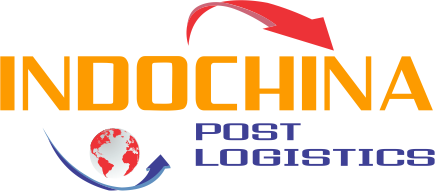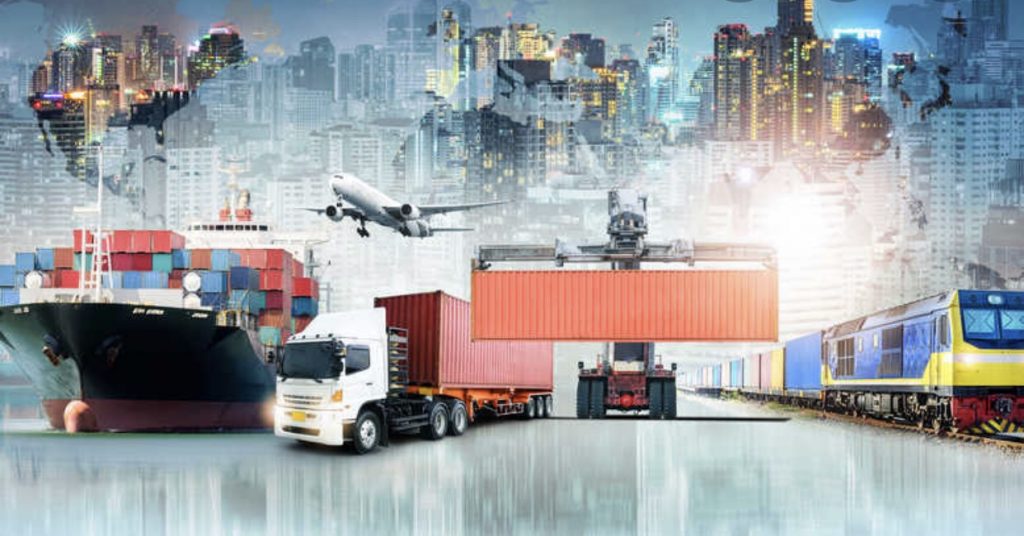We’ve all been under lockdown for quite some time now. We can’t blame the coronavirus for our predicament. The aviation sector has ground to a halt. The tourist sector is unsure when things will return to normal. Every other industry has been caught up in the hard-hitting waves of COVID-19. The logistics business is one of the critical industries paying a significant price for the epidemic.
Disruption in the supply chain and restricted vehicle mobility has added substantial obstacles to the entire picture, including delivery issues.
Digitalization is the one thing that is giving us all optimism for the resurgence of businesses and, eventually, the economy. It has been a blessing in the middle of the temporary cure of ‘Social Distancing.’ Every other business today is reliant on logistics—on-demand cab services, on-demand shopping, on-demand meal delivery, and so on.
Let us understand in detail the impact of coronavirus on different industries and the practical technological solution to it.
Impact of coronavirus on food delivery industry
According to a Business Today survey, leading meal delivery firms have seen a 60 percent decrease in the amount of orders. However, the eateries have suffered more than that. Due to the strict police activity against individuals going out of their residences, they have no income from the dine-in option.
Staff shortages and a lack of supply products are further impeding the flow of potential income. In these difficult economic times, many people rely on the internet delivery system for their meals. Many people have started home-food services as a result of the possibility. However, this is only applicable in a certain location.
Aside from that, the food delivery business is feeling the effects of the government’s efforts to assist the economy by hiking gasoline prices. Even if the highways are clear of traffic, there are still obstacles due to blocked roads, forcing the food delivery man to take the longest path.
If we allow technology to intervene in the process, the food sector may see a boom. For example, because demand has decreased, it is necessary to work on a limited budget. In such a case, incorporating last-mile delivery software can aid in determining the quickest feasible route between the source and the destination. This manner, the total amount of gasoline utilized in a month can be reduced.
Furthermore, throughout the lockdown, the demand for pickup and delivery services has grown substantially. People offer homemade cakes, food, bakery items, and other stuff, while small-scale supermarket businesses find it simpler to reach a huge number of people.
There is a tremendous possibility with pickup and delivery services for any type of here-to-there transportation of products. A last-mile delivery software can assist in meeting demand from numerous locations, therefore broadening the scope of a food-delivery service. This is especially true when Zomato, Swiggy, and other firms rely on restaurants to provide food, but an independent last-mile delivery service may get deliverables from homeowners.

